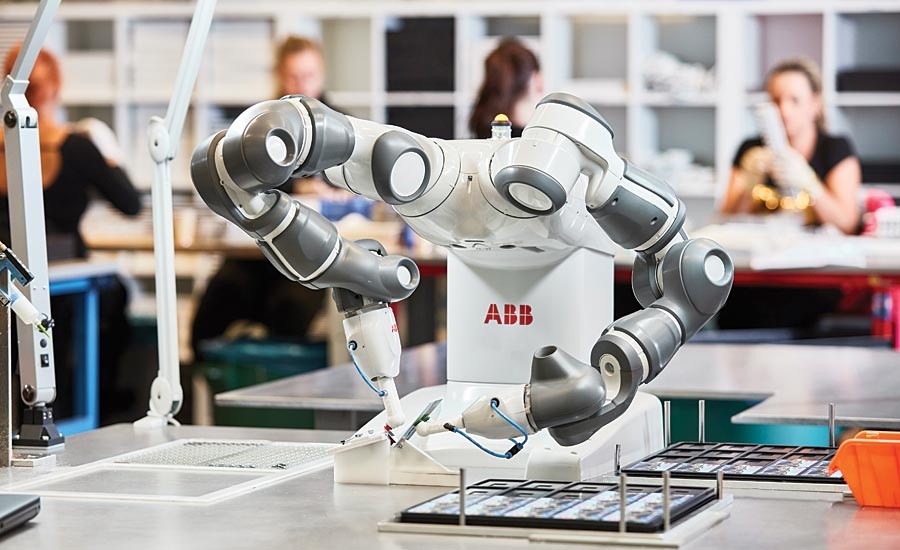
Introduction
In the realm of robotics, there has been a significant shift towards collaborative robots, commonly known as cobots. These innovative machines have revolutionized industries by combining the precision and efficiency of automation with the adaptability and problem-solving abilities of human workers. In this article, we will delve into the world of cobots, understanding what they are, their benefits, applications, and the potential they hold for shaping our future.
What are Cobots?
Collaborative robots, or cobots, are a subset of robotic systems designed to work alongside humans in various industries. Unlike traditional robots that often work in isolation, cobots are engineered to interact with human workers, assisting them with tasks that require precision, strength, or automation. Cobots are equipped with sensors, cameras, and advanced programming that enable them to operate safely and efficiently in shared workspaces.
The Evolution of Robotics
The field of robotics has undergone remarkable transformations over the years. From the early days of industrial robots to the emergence of artificial intelligence, each stage has contributed to the development of cobots. The integration of machine learning and advanced sensors has paved the way for robots that can perceive their environment and adapt accordingly.
Advantages of Cobots
Cobots offer several advantages that make them an appealing choice for industries. They enhance productivity by automating repetitive tasks, allowing human workers to focus on more creative and complex activities. Cobots also improve efficiency, reduce errors, and increase the overall quality of work. Moreover, their collaborative nature fosters a harmonious working environment where humans and robots collaborate seamlessly.
Cobots in Manufacturing
The manufacturing sector has seen a significant transformation with the introduction of cobots. These robots work alongside assembly line workers, performing tasks such as welding, painting, and packaging. By taking over mundane and physically demanding tasks, cobots contribute to a more ergonomic and efficient workplace.
Enhancing Workplace Safety
Cobots play a crucial role in enhancing workplace safety. They can handle hazardous materials and perform tasks in dangerous environments without putting human workers at risk. With built-in safety features like force sensors and collision avoidance, cobots can detect human presence and adjust their actions accordingly.

